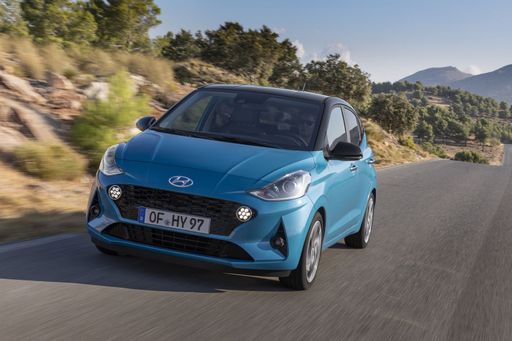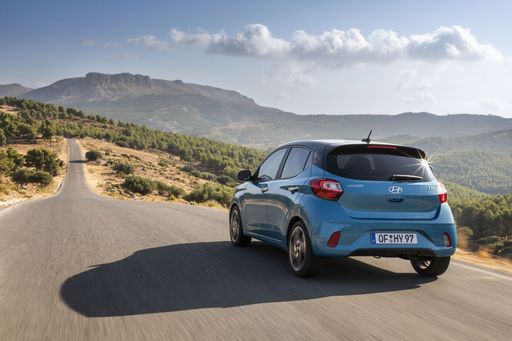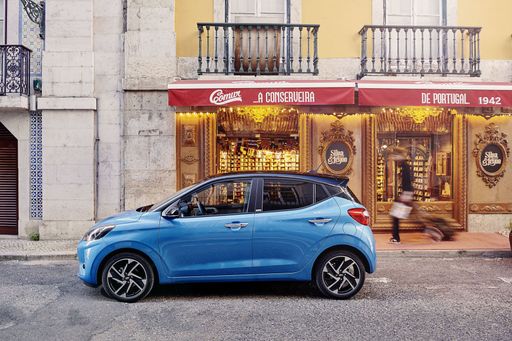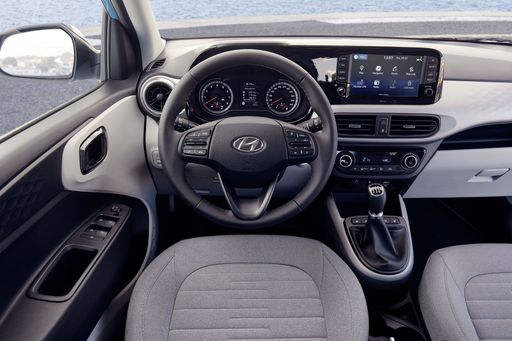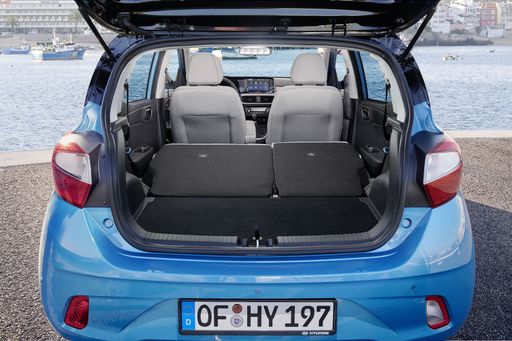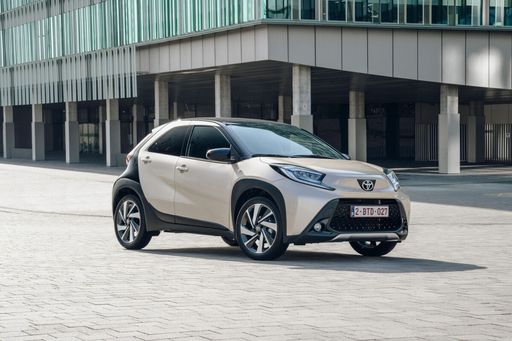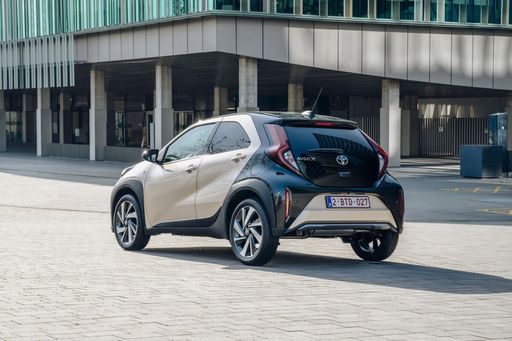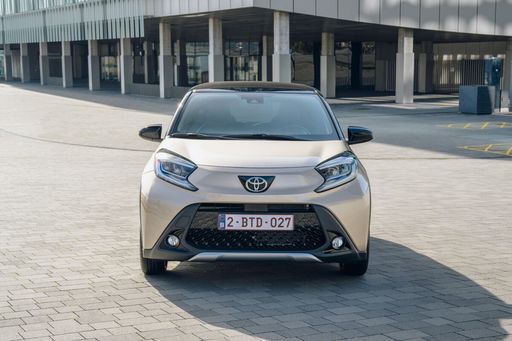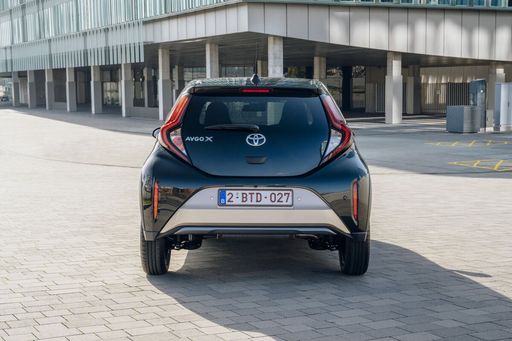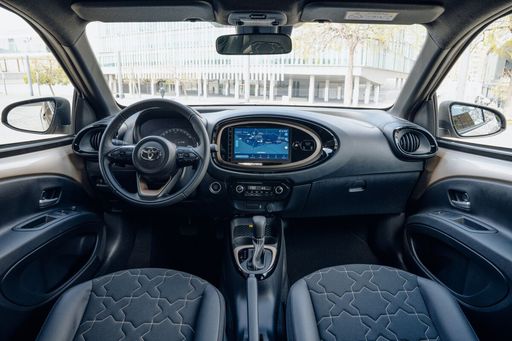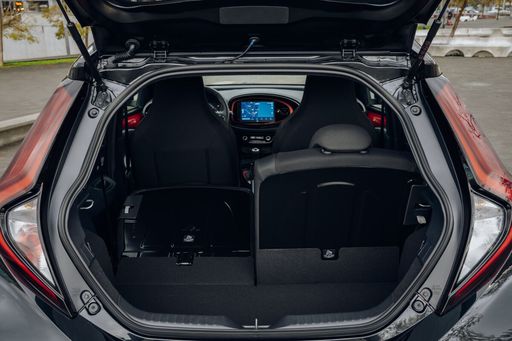The Compact Clash: Hyundai i10 vs. Toyota Aygo
In the ever-competitive market of compact cars, the Hyundai i10 and Toyota Aygo stand out as formidable contenders. Both vehicles are designed for urban driving and offer a blend of efficiency, practicality, and style. However, the choice between the two boils down to various technical aspects and innovations that cater to different driver preferences.

